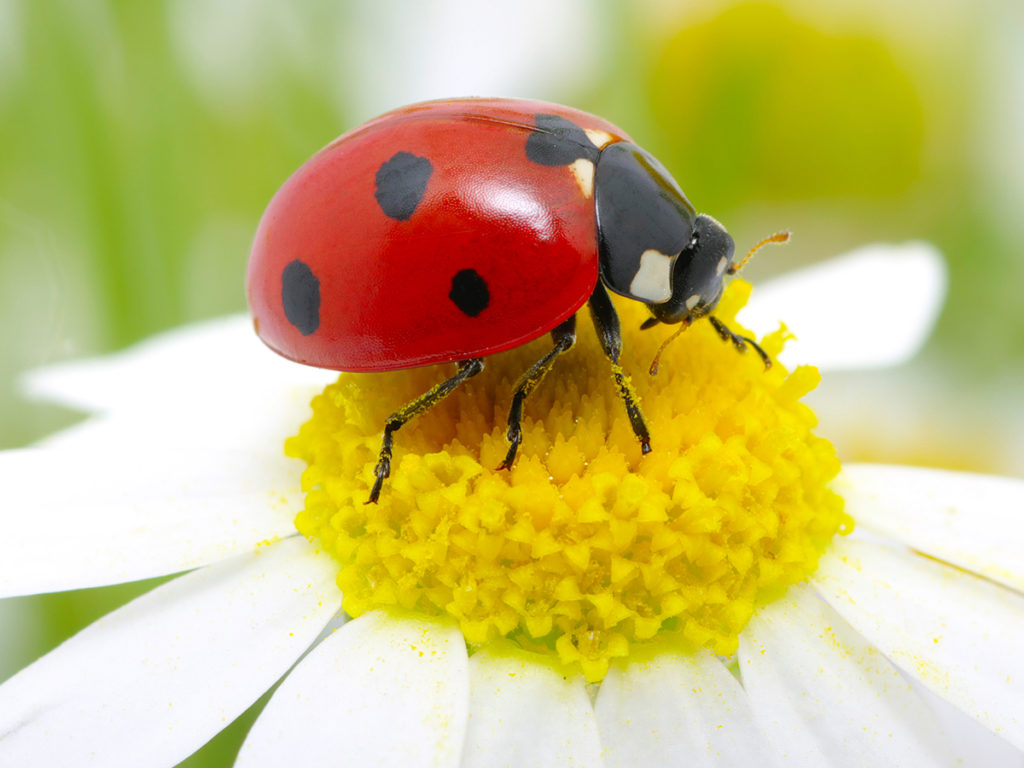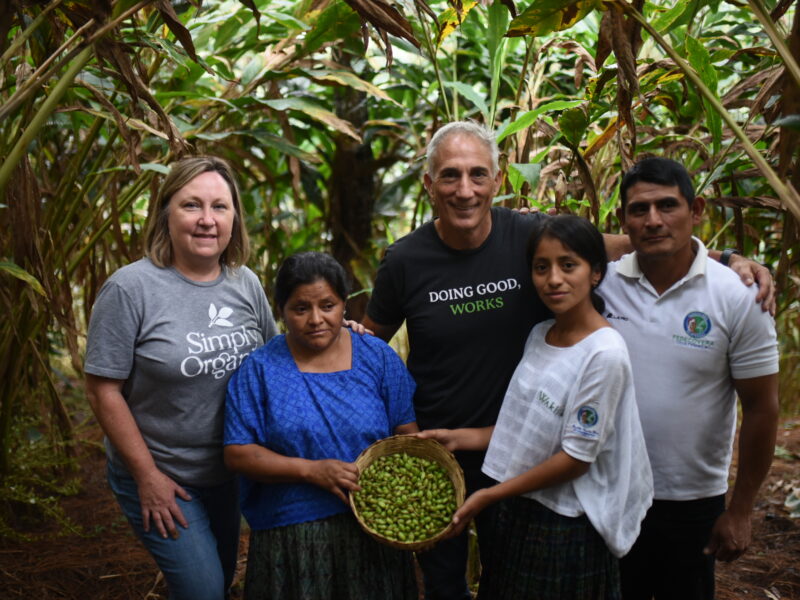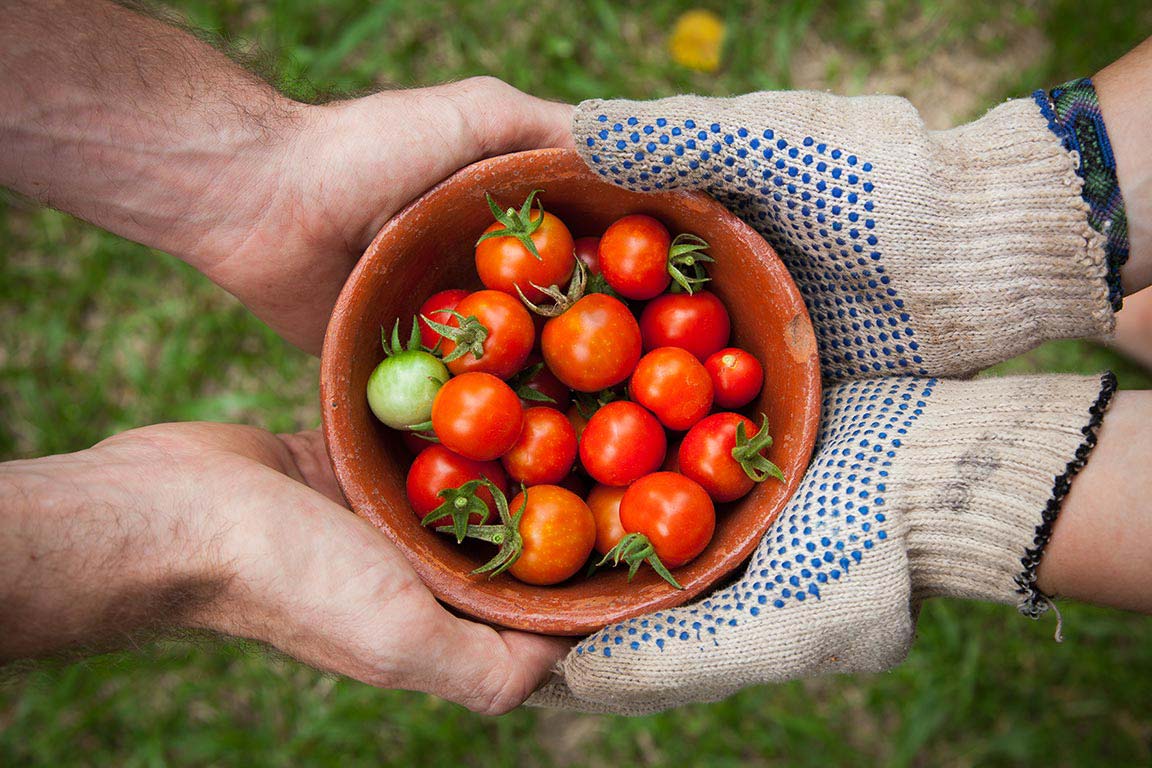Originally published in Rodale’s Organic Life.
Many common insects are actually good for your garden.
Our insect allies far outnumber the insect pests in our yards and gardens. Bees, flies, and many moths help gardeners by pollinating flowers; predatory insects eat pest insects; parasitic insects lay their eggs inside pests, and the larvae that hatch then weaken or kill the pests; dung beetles, flies, and others break down decaying material, which helps build good soil.
BEES + WASPS
Bees
Honeybees are called the “spark plugs” of agriculture because of their importance in pollinating crops, but other wild bees are also important pollinators and natural pest-control agents. All bees gather and feed on nectar and pollen, which distinguishes them from wasps and hornets. As they forage for food, bees transfer stray grains of pollen from flower to flower and pollinate the blooms. There are some 20,000 species of bees worldwide. Of the nearly 5,000 in North America, several hundred are vital as pollinators of cultivated crops. Many others are crucial to wild plants.
Pesticide use, loss of habitat, and pest problems such as mites have vastly reduced wild and domestic bee populations. Most recently, a phenomenon called Colony Collapse Disorder is decimating populations of honeybees in the United States. It’s not known for sure what is causing this problem, in which worker bees suddenly die out, leaving behind the queen bee, the nurse bees, and the unborn brood (which in turn die without the support of the worker bees). Possibilities include diseases or parasites, or damaging effects of chemical pesticides on bees’ nervous systems or immune systems.
The good news is that native bees ranging from bumblebees to tiny “sweat bees” are still hard at work pollinating crops and gardens. The best way to encourage native bees is to tend a flower garden with as long a bloom season as possible. Leave some bare ground available for the bees to tunnel in to make nests, and provide a shallow water source where they can drink.
Parasitic Wasps
Most species belong to one of three main families: chalcids, braconids, and ichneumonids. They range from pencil-point-size Trichogramma wasps to huge black ichneumonid wasps. Parasitic wasps inject their eggs inside host insects; the larvae grow by absorbing nourishment through their skins.
Yellow Jackets
Most people fear yellow jackets and hornets, but these insects are excellent pest predators. They dive into foliage and carry off flies, caterpillars, and other larvae to feed to their brood. So don’t destroy the gray paper nests of these insects unless they are in a place frequented by people or pets, or if a family member is allergic to insect stings.









